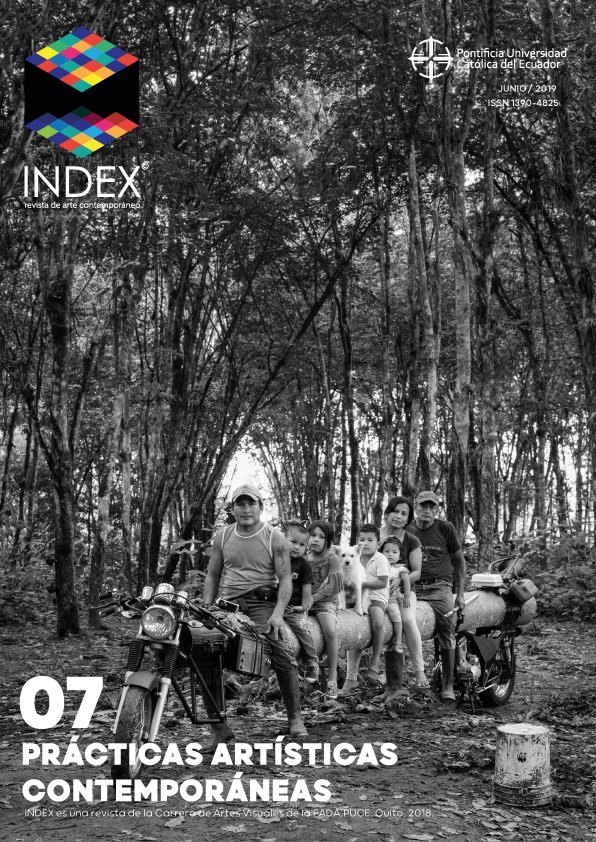Postmodern Aesthetic Thinking In photography
Main Article Content
Abstract
The work of art cannot be understood without knowing the time to which the artist belongs and the environment that surrounds him. Therefore, the concept of aesthetics is mutable. If aesthetics reflects feelings, there are three historical moments that describe this mutation: Ancient Age, Great Theory and Modernity. In each era there is a ruling character, a model that contemporaries celebrate and whose empathy with the public establishes the type of works of art that predominate. In Postmodernism, these are the result of innovation, and the artist is determined by his ability to reinvent himself. Photography has a different language: it is real, replicable, discursive, narrative; for this reason, it transmits the feeling of a disenchanted society that needs this reality to recover its sense of identity, as never before, turning it into the masterpiece of Postmodernism.
Downloads
Article Details
Index, revista de arte contemporáneo maneja sus derechos bajo licencia Creative Commons Reconocimiento-NoComercial 4.0. En ese sentido los envíos quedan sujetos a la decisión del autor.
References
Duch, L. (1997). La educación y la crisis de postmodernidad. Barcelona, España: Paidós.
Krauss, R. (2002). Lo fotográfico. Por una teoría de los desplazamientos. Barcelona, España: Gustavo Gili.
Taine. H. (2000). Filosofía del Arte. México: Porrúa.
Vásquez Rocca, A. (2005). La crisis de las vanguardias artísticas y el debate modernidad "“ postmodernidad. Arte, Individuo y Sociedad, 17, 133-154.

